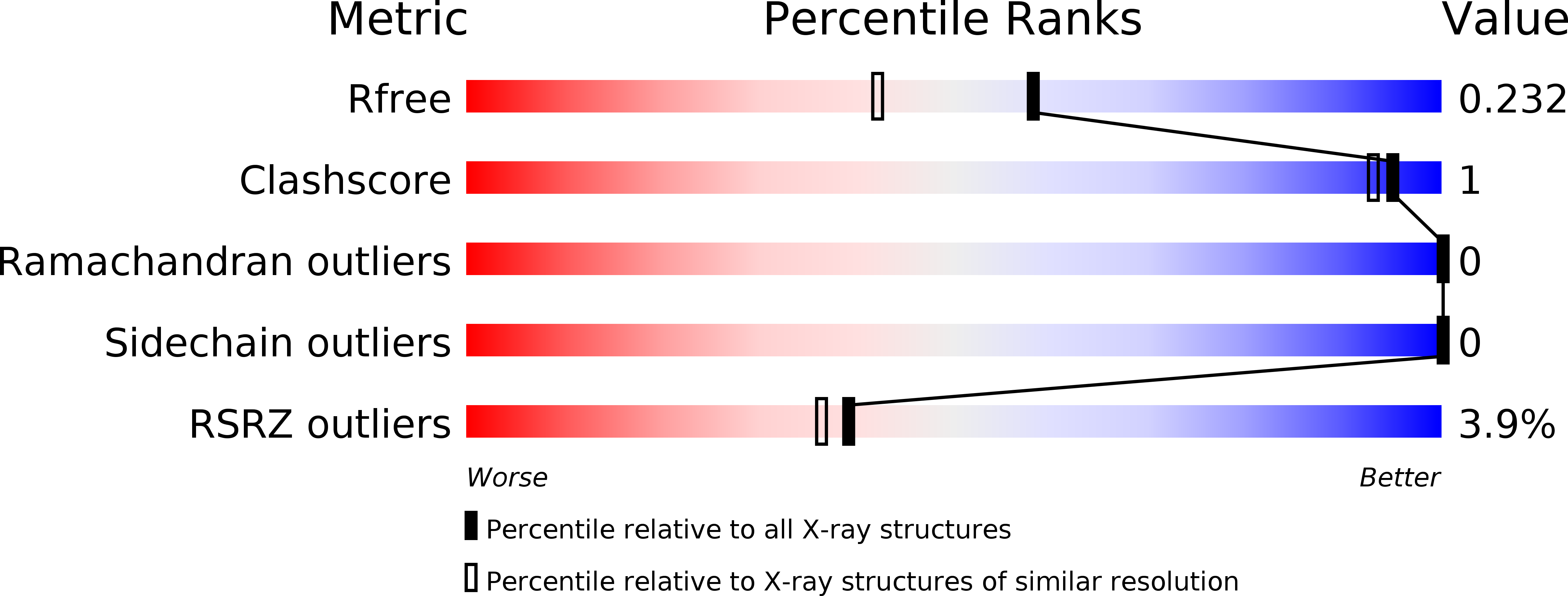
Deposition Date
2018-06-28
Release Date
2018-08-22
Last Version Date
2024-01-17
Entry Detail
PDB ID:
6GY9
Keywords:
Title:
Fucose-functionalized precision glycomacromolecules targeting human norovirus capsid protein
Biological Source:
Source Organism:
Norwalk virus (Taxon ID: 11983)
Host Organism:
Method Details:
Experimental Method:
Resolution:
1.83 Å
R-Value Free:
0.23
R-Value Work:
0.20
R-Value Observed:
0.20
Space Group:
P 1 21 1


